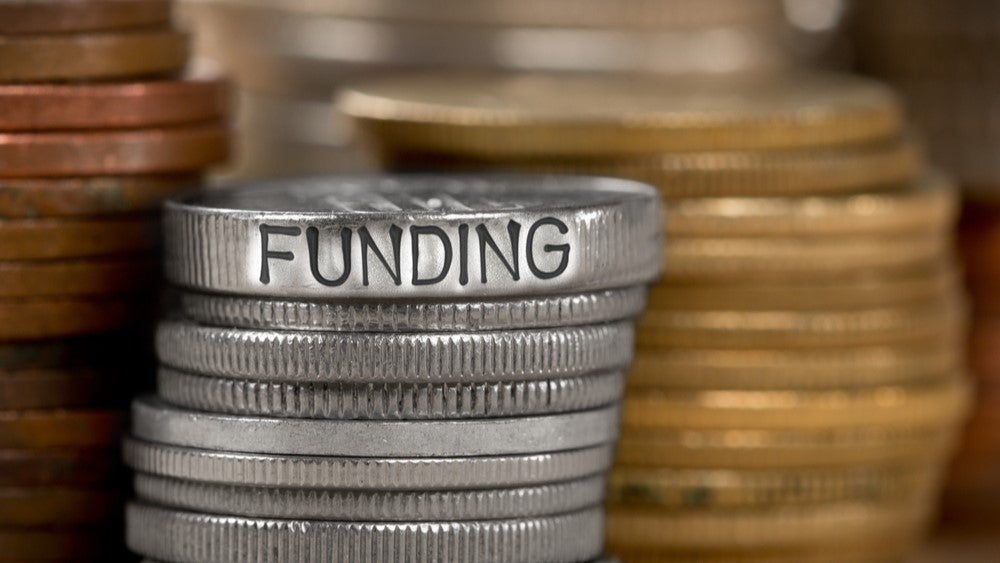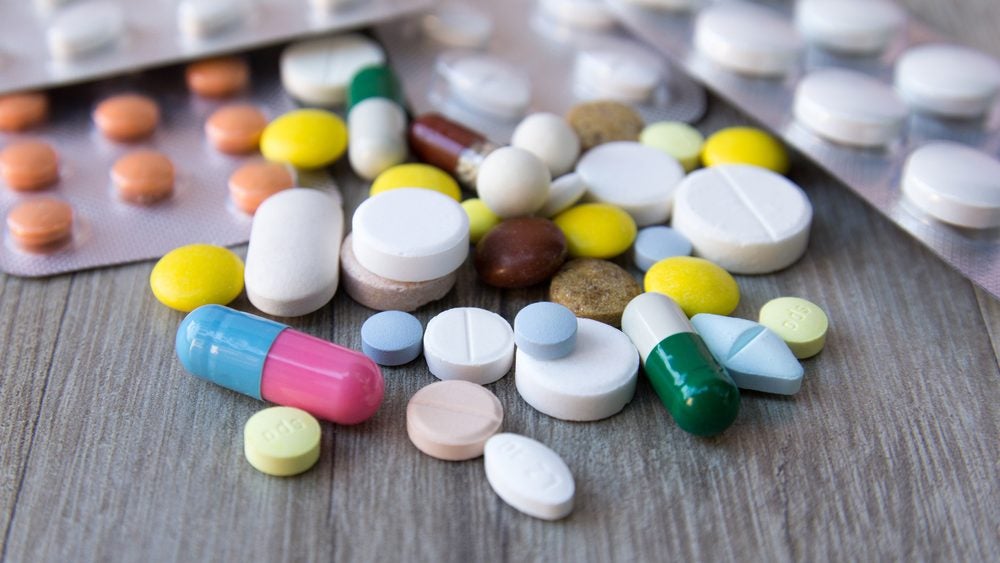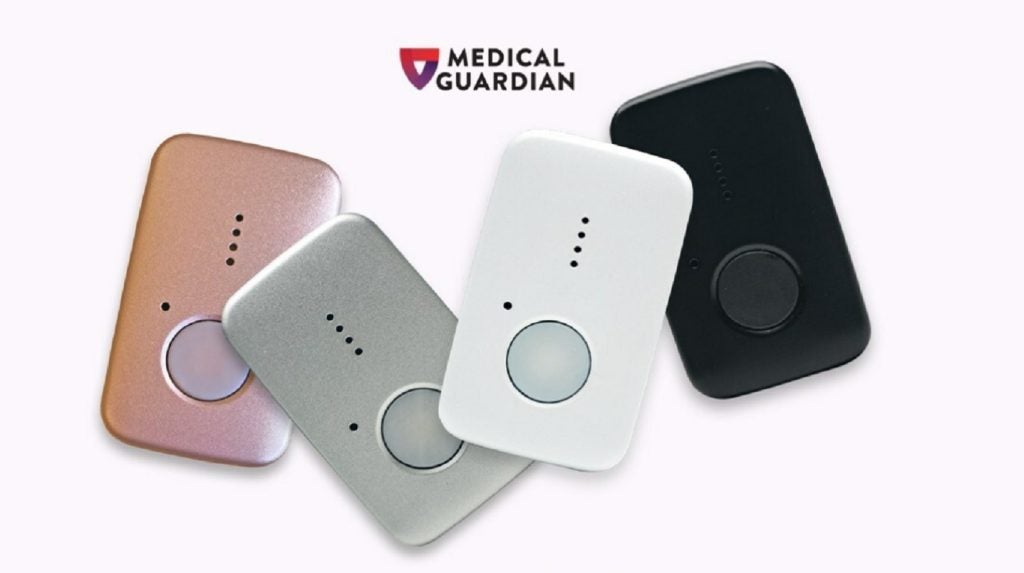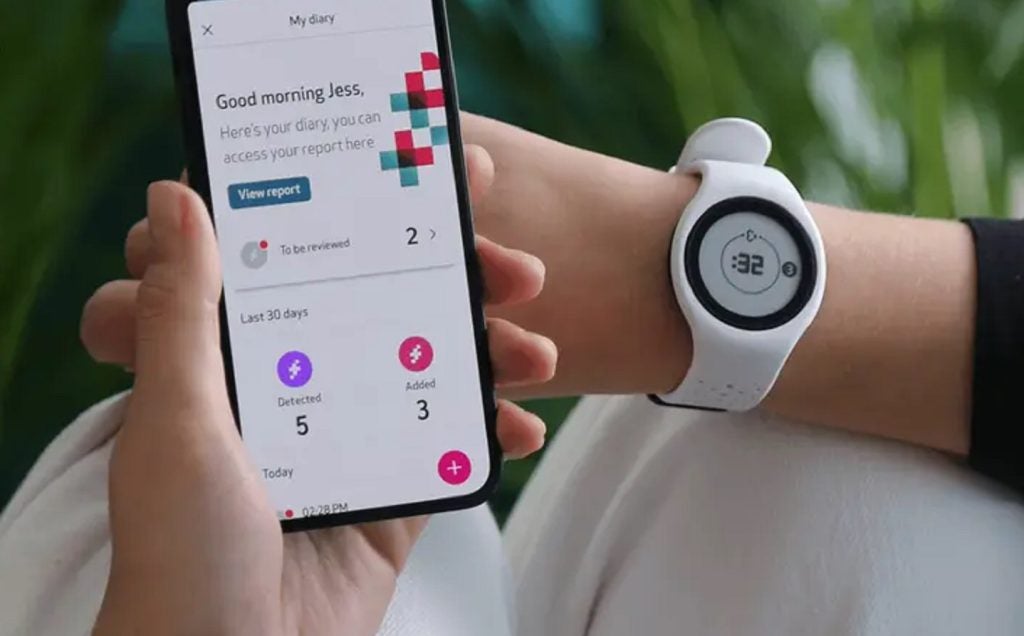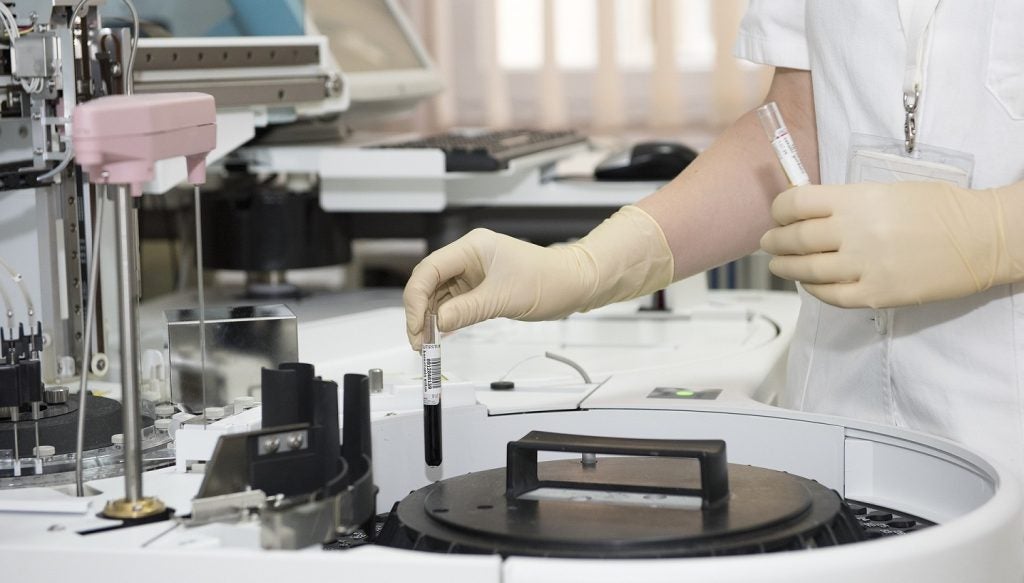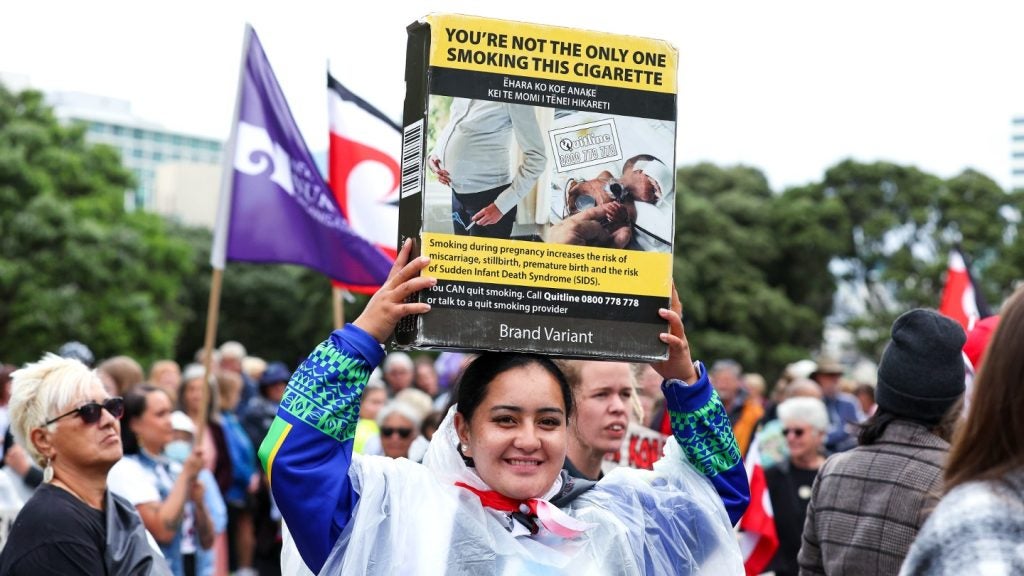The US Anti-Doping Agency (USADA) has partnered with Epicore to develop a sweat-sensing technology as a method of drug detection.
Epicore’s wearable sweat-collection device, Discovery Patch, is expected to provide a non-invasive alternative to current standards such as blood and urine samples for anti-doping. The wearable can also provide real-time health data that athletes can use to optimise their performance.
The Discovery Patch comprises of wearable microfluidic patch that captures eccrine sweat directly from the skin during exercise, environmental exposure, and pharmacologic modes of sweat induction. Sweat is transferred from the microfluidic patch to clean lab storage containers using a sweat extraction apparatus designed to rapidly collect and prepare sweat samples for biochemical analysis.
The USADA and Epicore’s current partnership is based on a 2023 proof-of-concept study conducted by the two organisations. The study showed that Epicore’s patch can collect sweat samples easily and reliably from multiple locations on the body. These samples can be used for drug and hydration analysis.
According to a GlobalData report, the market size of wearable technology in the medical sector in 2023 exceed $100bn. The market is expected to grow at a compound annual growth rate (CAGR) of 15% up to 2030.
Last month, Epicore received investments from Pegasus Tech Ventures and Japanese Denka Company to scale and distribute its wearables in Japan and Asian markets. The connected hydration wearable tracker device is designed to monitor sweat volume loss, electrolyte loss, body temperature, and body movement. It can provide heat injury alerts and predict dehydration events.
Other companies developing wearables include Empatica. In December 2023, the company stated its intention to develop a clinical trial for an artificial intelligence (AI)-assisted wearable device to predict refractory seizures. The trial is expected to start enrolment this year.
In October 2023, California-based start-up CARI Health has a $2.8m fast-track grant to bring its wearable medication monitor to market in the US. The device is expected to be used to curb overdose rates and drug abuse.




